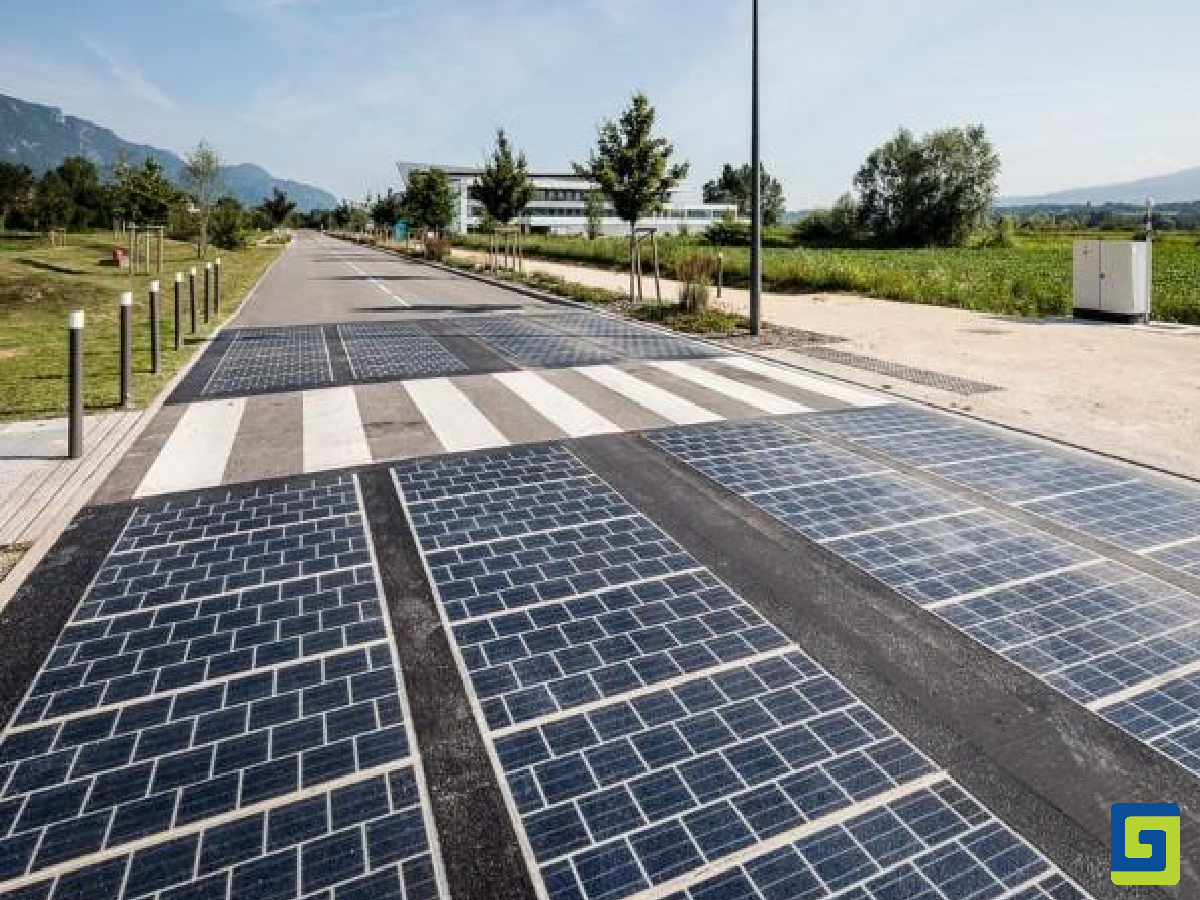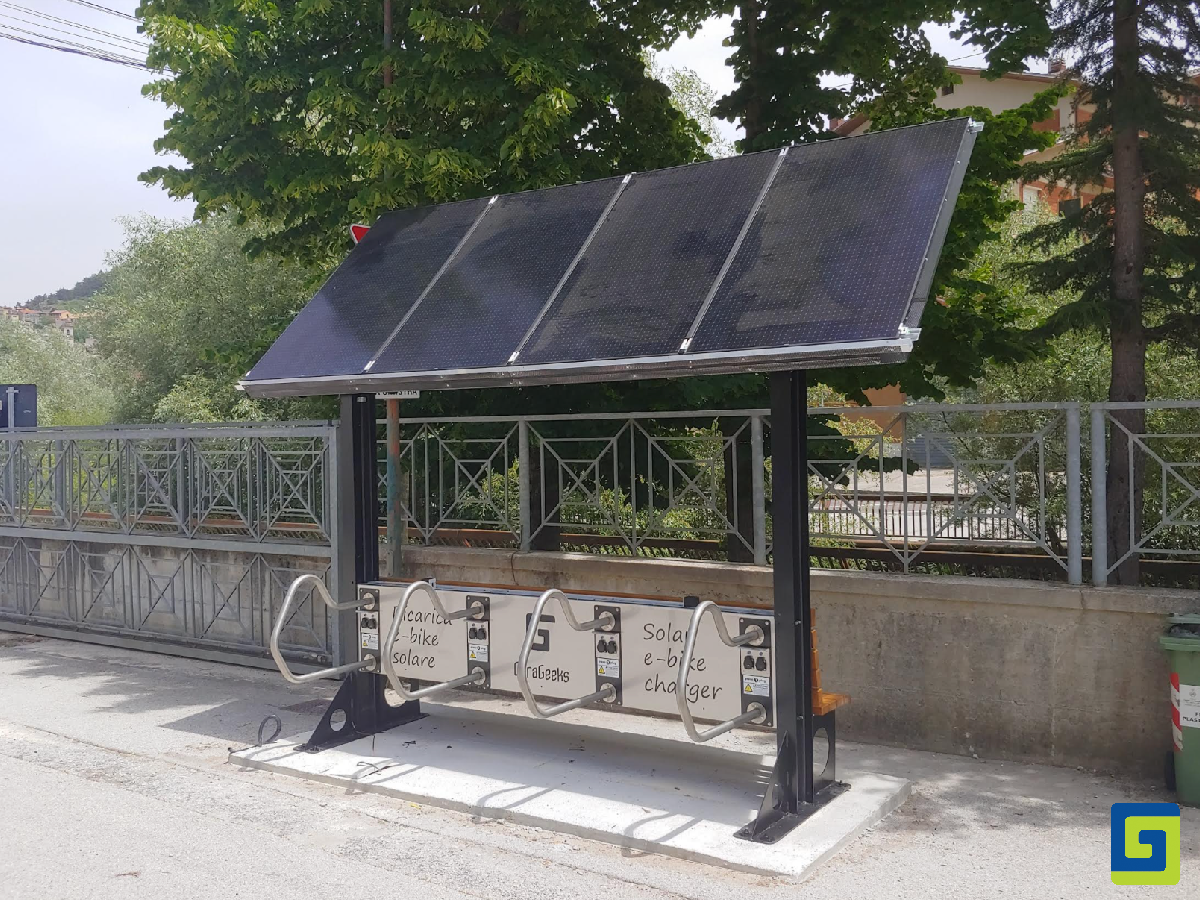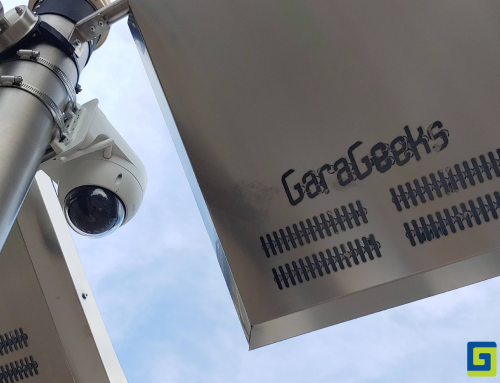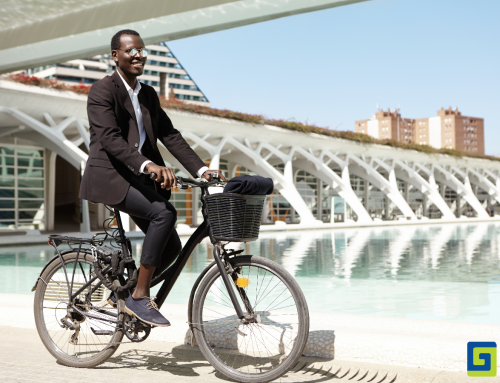The engineers are studying every possibility to exploit all the available surfaces, however these solutions show various critical issues regarding safety and wear: here are the ones.
In recent years, photovoltaic panels have experienced an incredible technological development, paving the way for a new era of efficient and sustainable solar energy. Innovations have led to the creation of highly efficient, flexible, transparent, floating and concentrating solar panels, offering new perspectives for the use of this renewable energy source. However, while the industry makes significant progress, there is still a need to address hurdles and failures, particularly with regards to so-called ‘solar roads‘.
This idea consists of integrating solar cells into the pavements of the streets, exploiting the available space to generate energy. However, this solution has proved problematic in practice. Solar roads experience a high level of wear, due to vehicular traffic and bad weather, reducing the efficiency of the panels. Furthermore, the cleaning and maintenance of these solar surfaces present significant challenges.
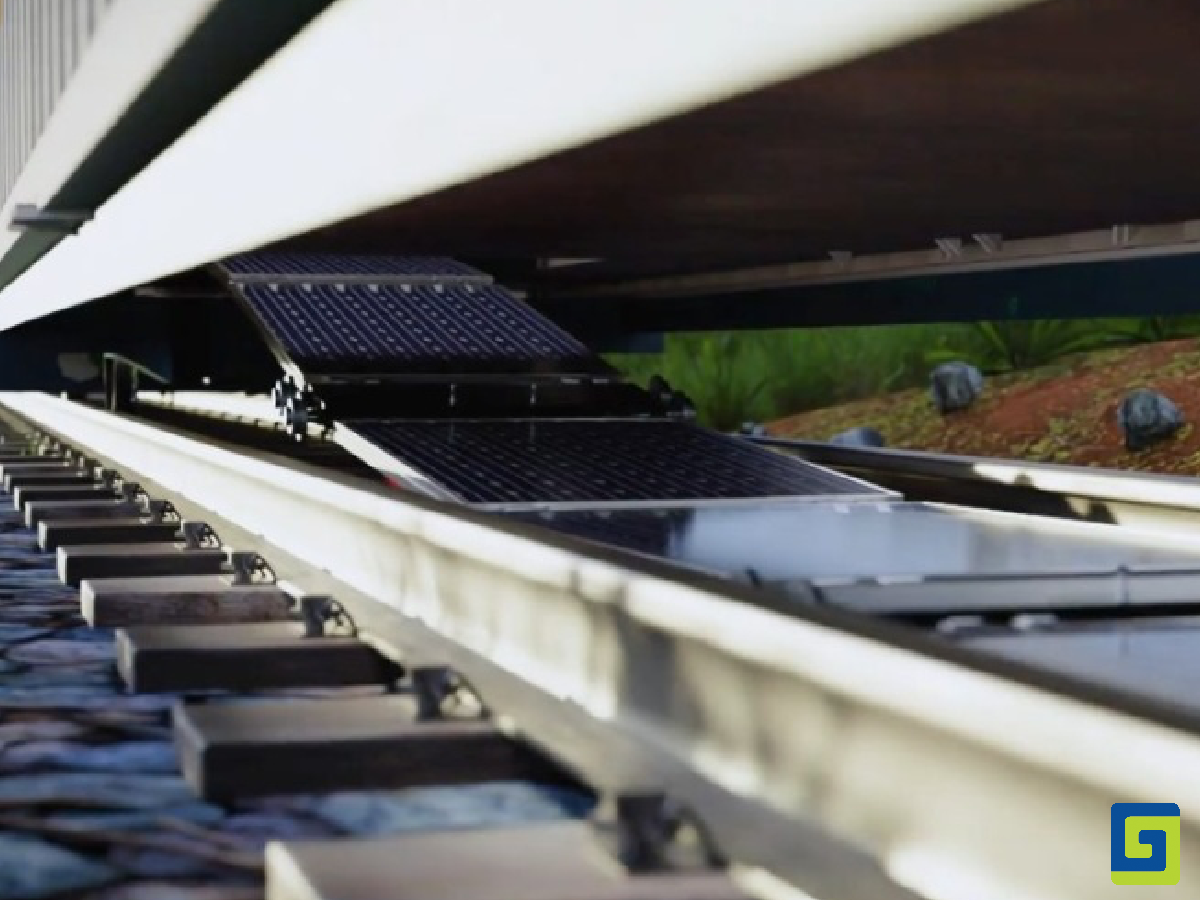
Photovoltaic panels also between the railway tracks
The case of roads paved with solar panels in France is an emblematic example of the challenges that can arise when looking for innovative solutions in the field of solar energy. The construction of a kilometer of road paved with solar panels required a considerable investment of 5 million euros. However, after a short time, the panels were damaged, revealing the limitations and criticalities of this approach. The roads are subjected to extreme weather conditions, vehicular traffic and constant abrasion, which have proven to be too much of a challenge for the delicate solar panels integrated into the road surface.
This case shows us how innovation must always be supported by in-depth research, testing and feasibility analysis before being implemented on a large scale. Solar energy is a precious and versatile resource, but its use must be applied strategically, carefully considering the surrounding environment and its durability. Another attempt was made by a Swiss startup with the installation of photovoltaic panels between the railroad tracks. Engineer Dave Jones confirms that this is a choice not without critical issues such as the stress to many more vibrations as well as the accumulation of dirt between the rails themselves.
The solutions by GaraGeeks
To take advantage of solar energy, you can opt for mobile solutions that are gaining popularity given their flexibility and versatility in use and placement. Indeed, these applications make it possible to exploit the potential of solar energy in different situations and environments, going beyond the traditional fixed installations on the roofs of buildings.
GaraGeeks proposes Stop&Charge Shelter, a 100% solar energy recharging shelter for bicycles, scooters and electric wheelchairs that does not require excavations or connections to the public electricity grid. Perfect in every part of the city, along cycle paths or off-piste paths in the hills or mountains to encourage micro-mobility in the city, cycle-commuting and cycle tourism, it is equipped with a bench and smartphone charging points and access to wifi internet .
Stop&Charge Solar 2.0, on the other hand, can make cycle paths smarter and safer. It is a 100% solar energy charging station, a multifunctional tool with video surveillance and emergency call button, it also monitors the air quality, it does not require connections to the public electricity grid. It can also recharge smartphones, e-bikes and other vehicles up to 300W, have a large information surface, have Wi-Fi internet access, also configuring itself as an illuminated reference point for those traveling along the cycle paths. Solar 2.0 is made with durable materials such as stainless steel, birch wood and Corian and the supply chain is 100% Italian.
Stop&Charge Smart Bench by GaraGeeks is the bench equipped with a 100W monocrystalline photovoltaic module Made in Italy which provides 2 integrated wireless charging points with Qi standard and double USB ports with fast charging. Users have 6 charging points at their disposal, compatible with both mobile devices that support wireless charging and those that require a USB cable. The solar energy operation guarantees the independence of the hi-tech bench from the connection to the electricity grid, thus avoiding the need for excavations.
By adopting the solutions signed by GaraGeeks, citizens are offered an important service: companies, municipalities, public administrations and institutions can do it also thanks to the calls for funding periodically made available to benefit from economic support and concessions.
Do you want to find out more about GaraGeeks and products for environmental sustainability? Contact us.

